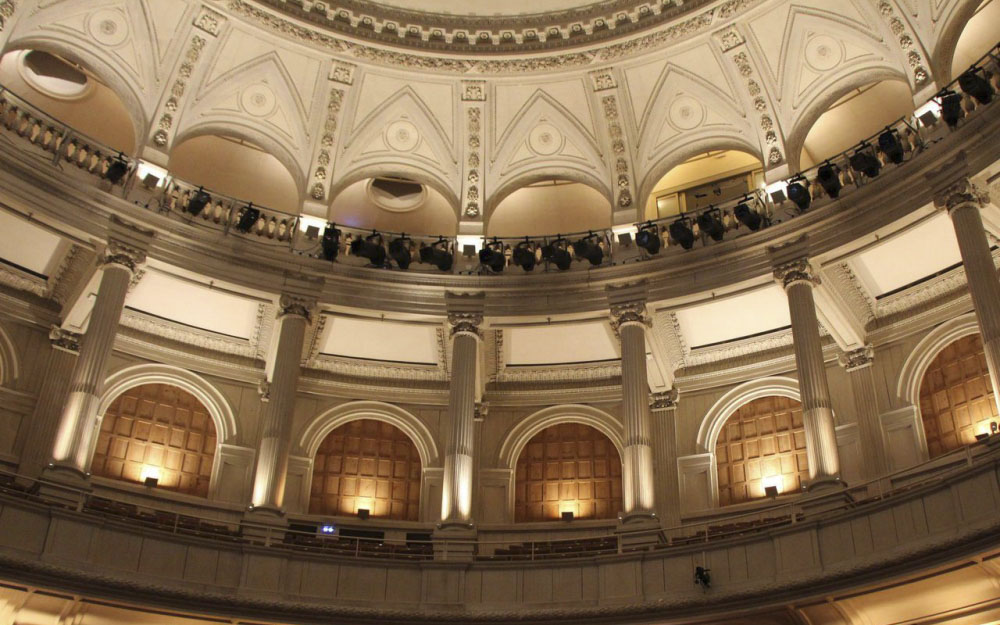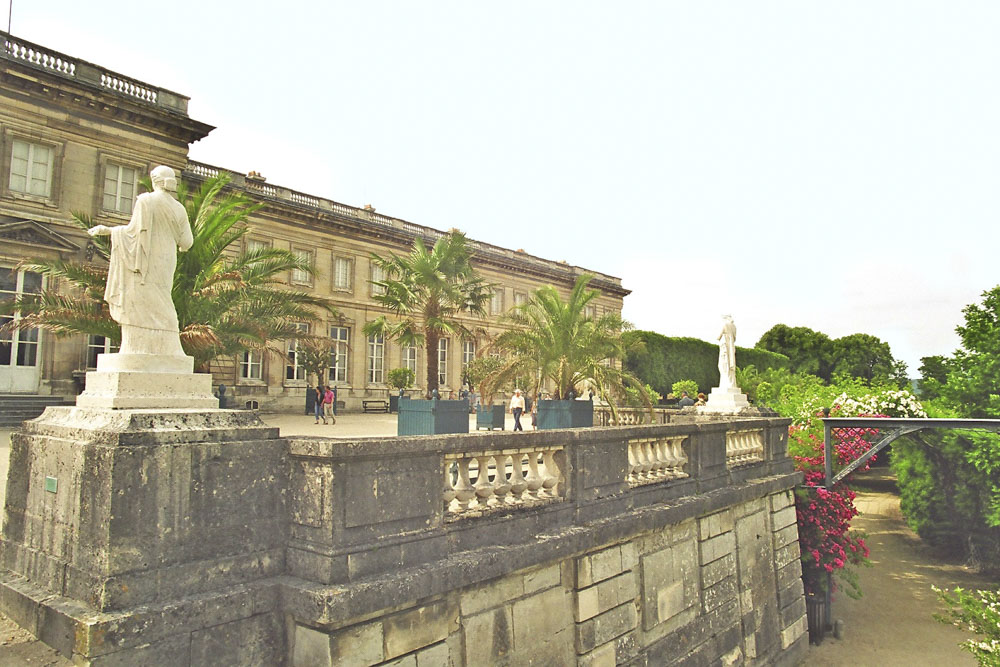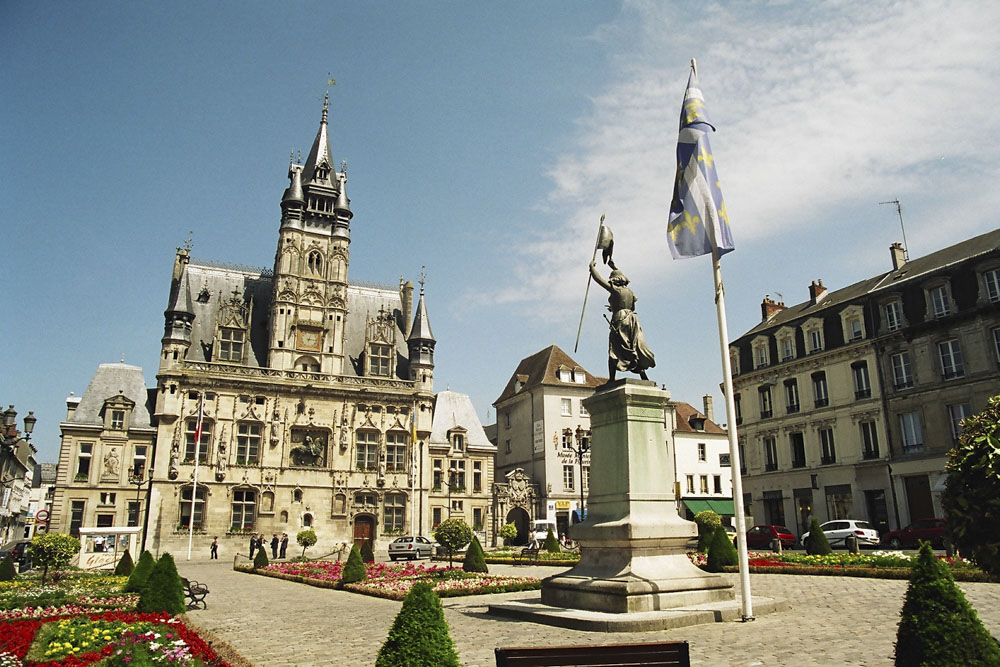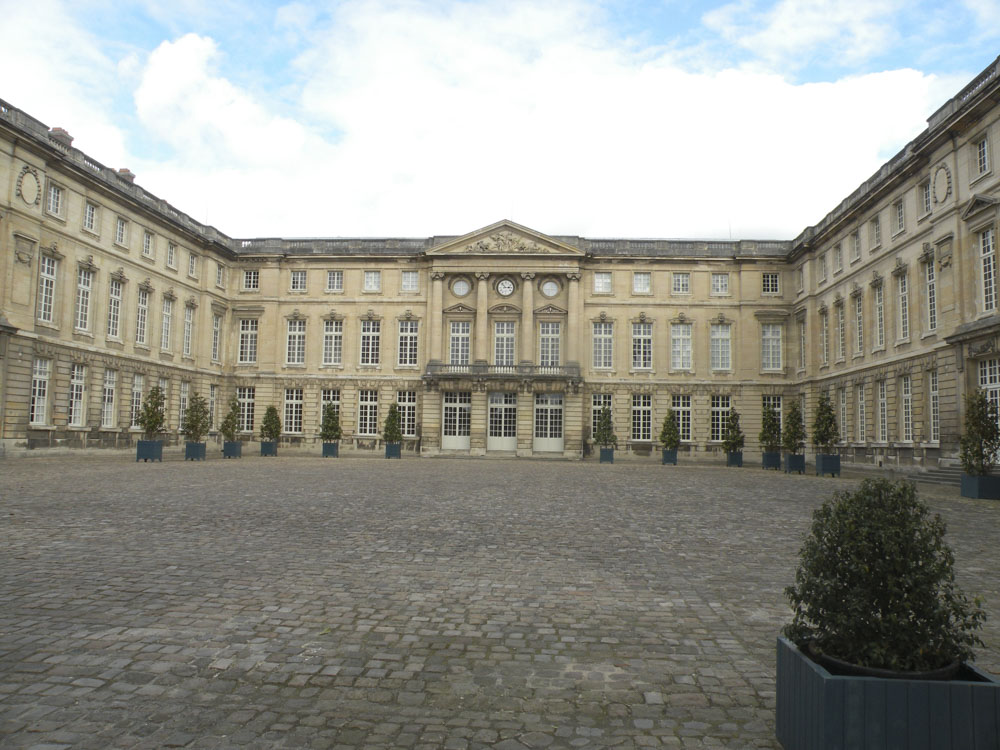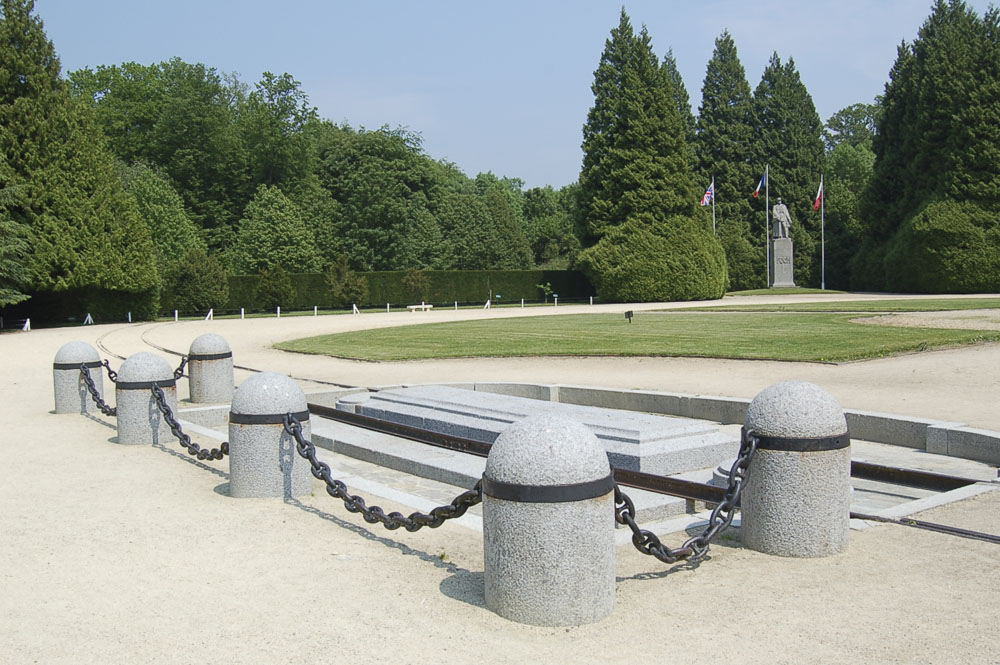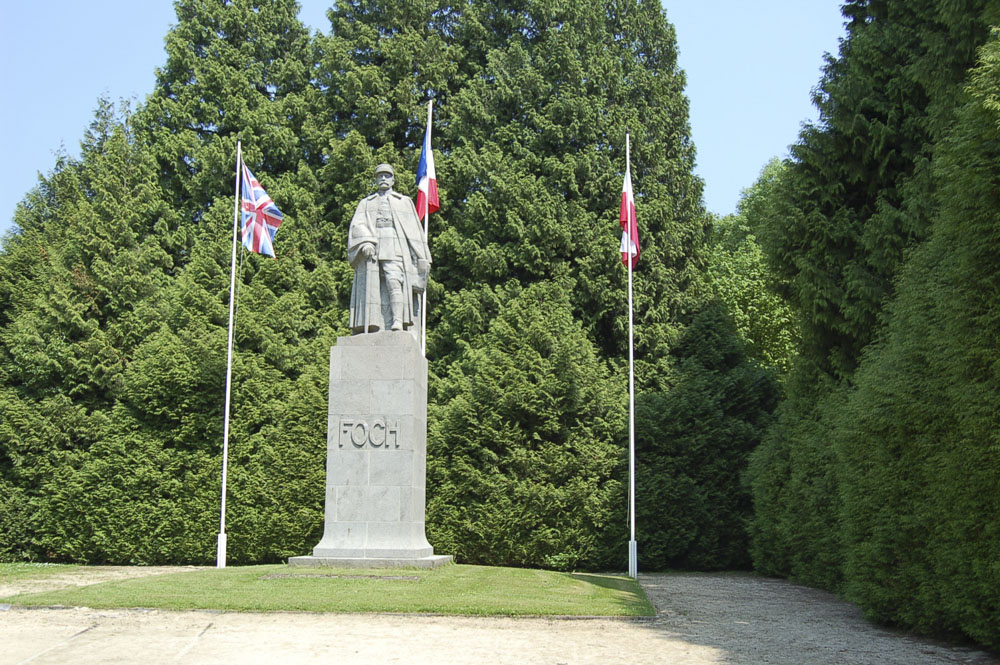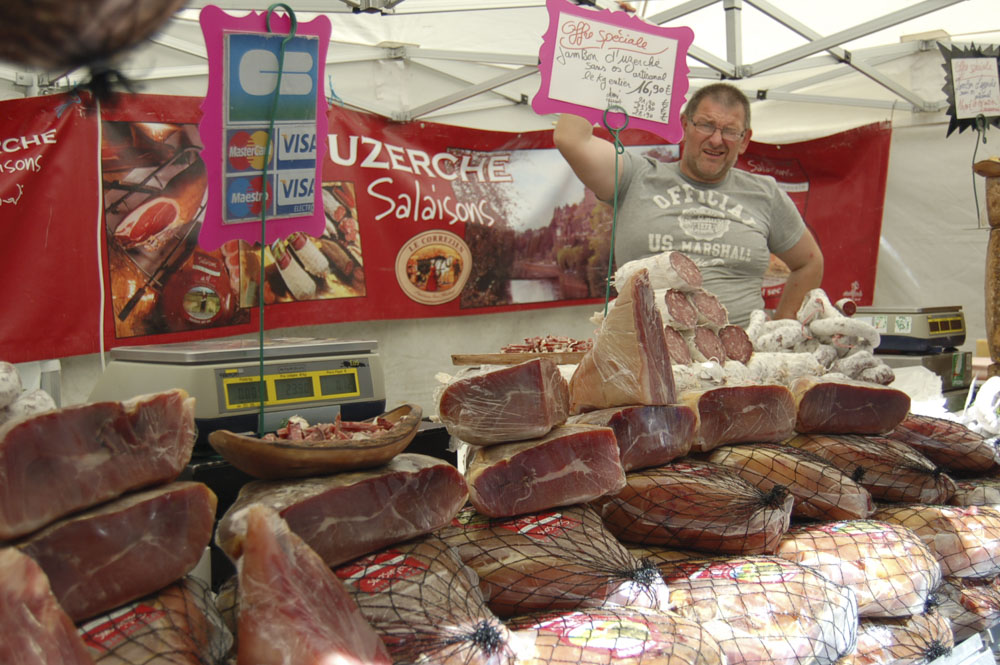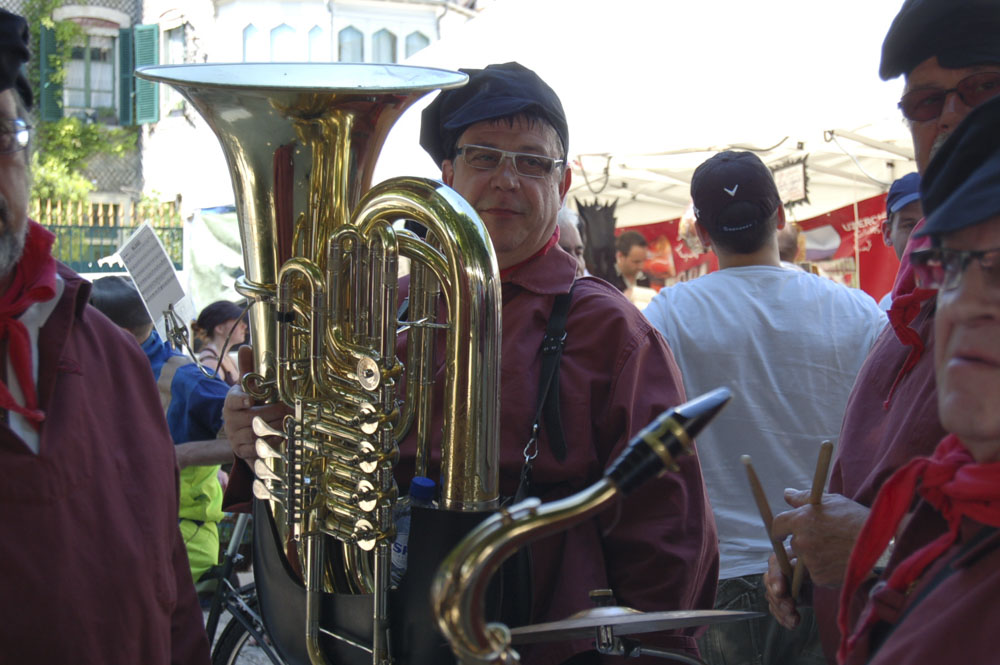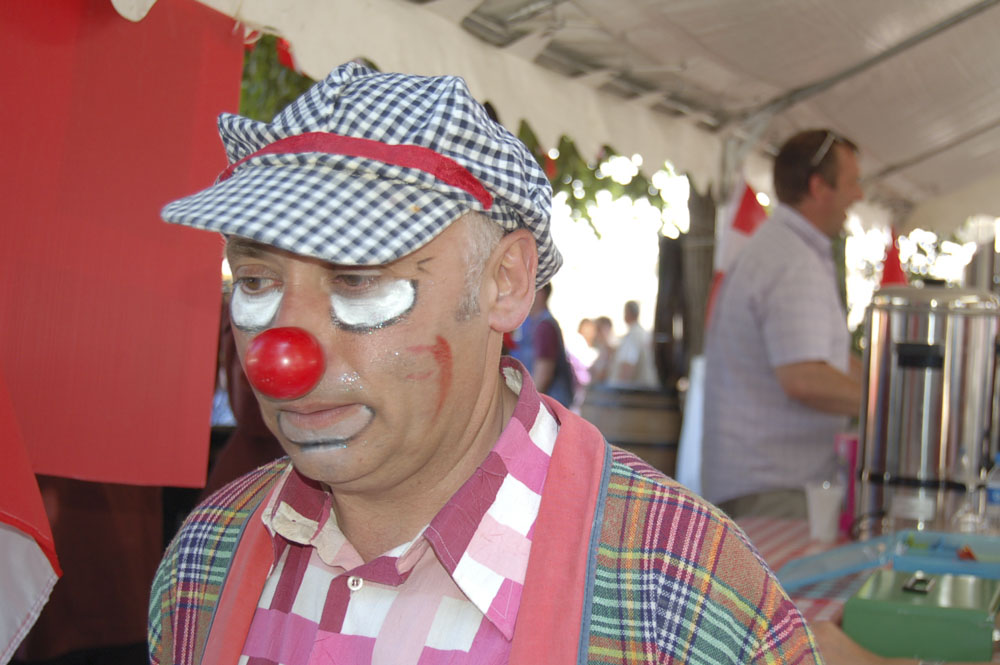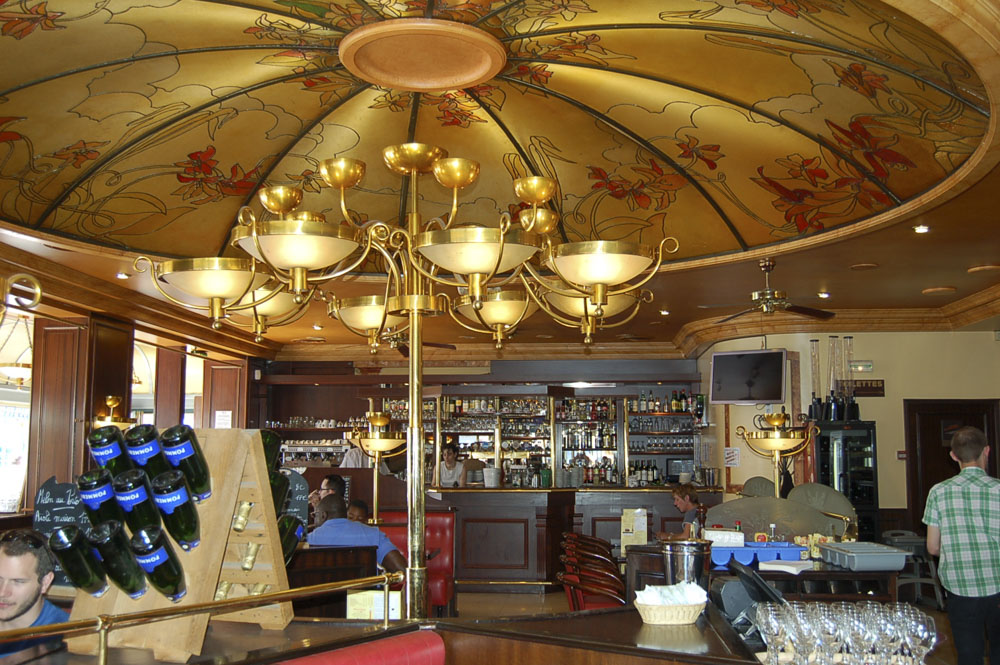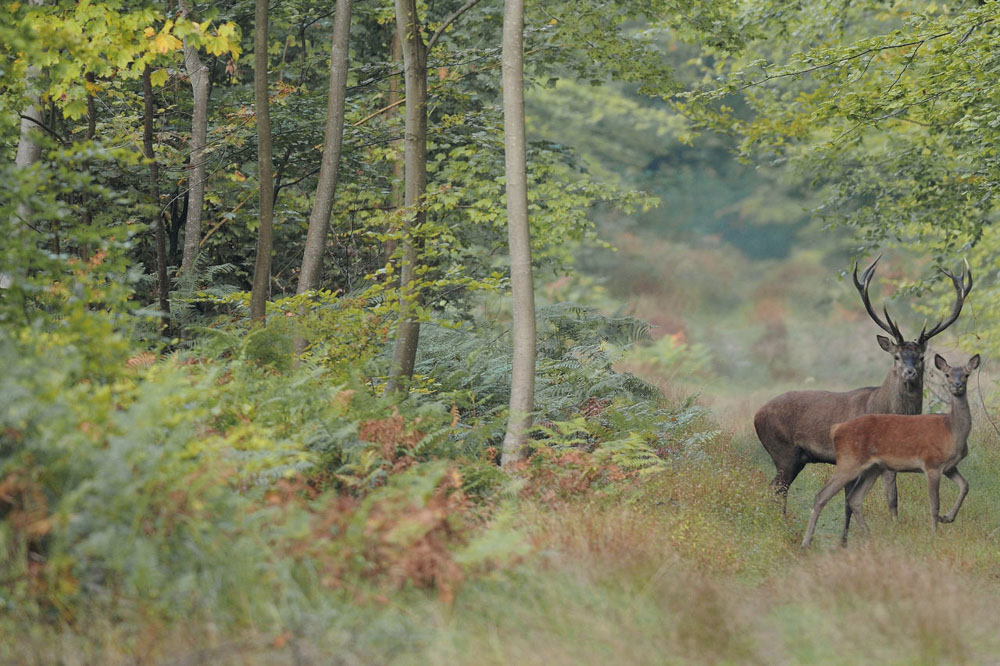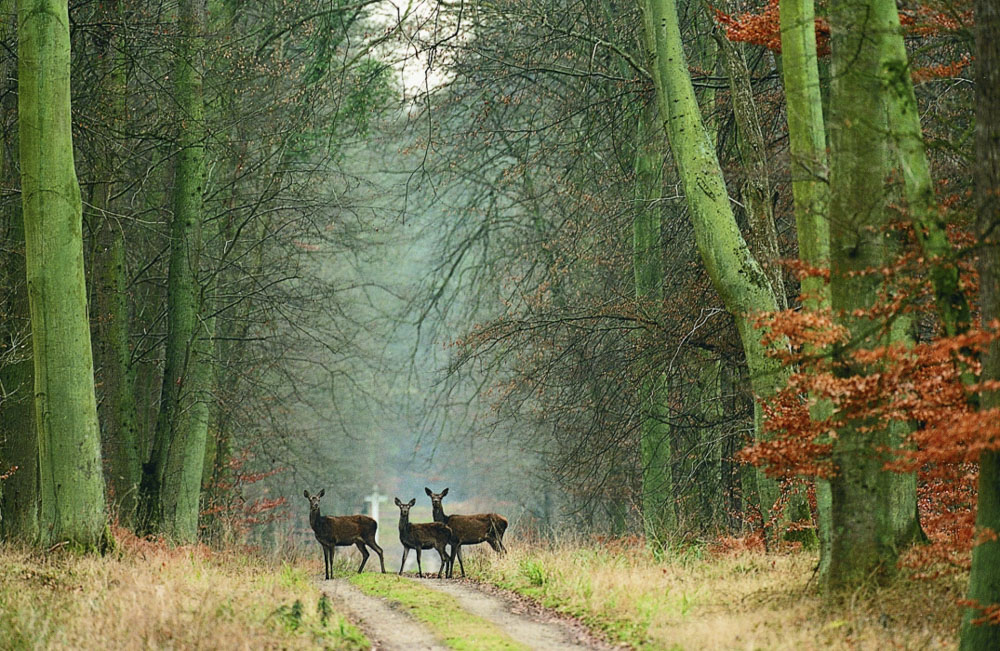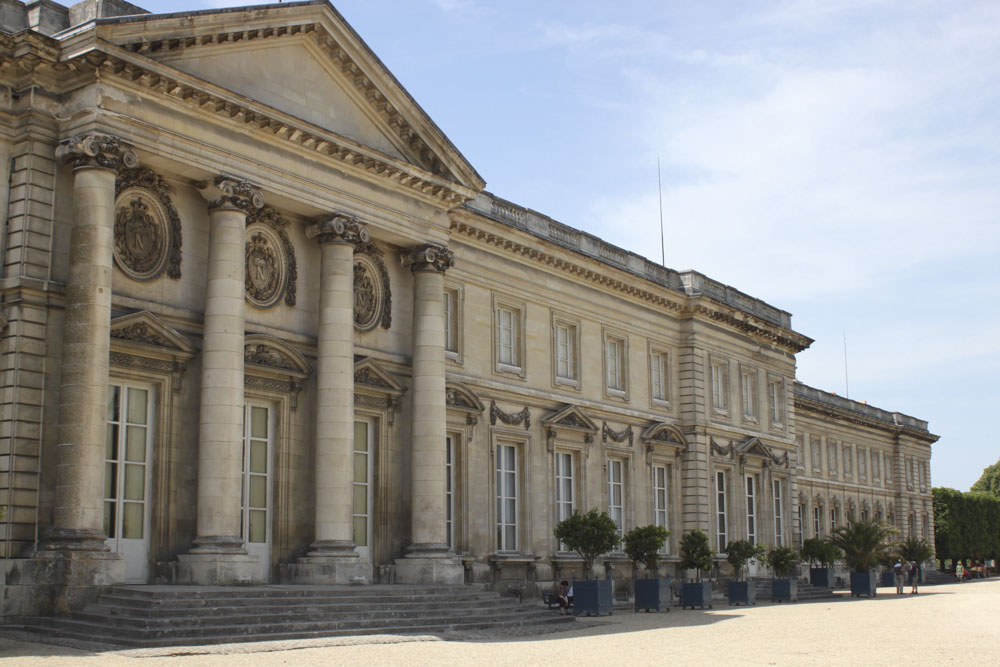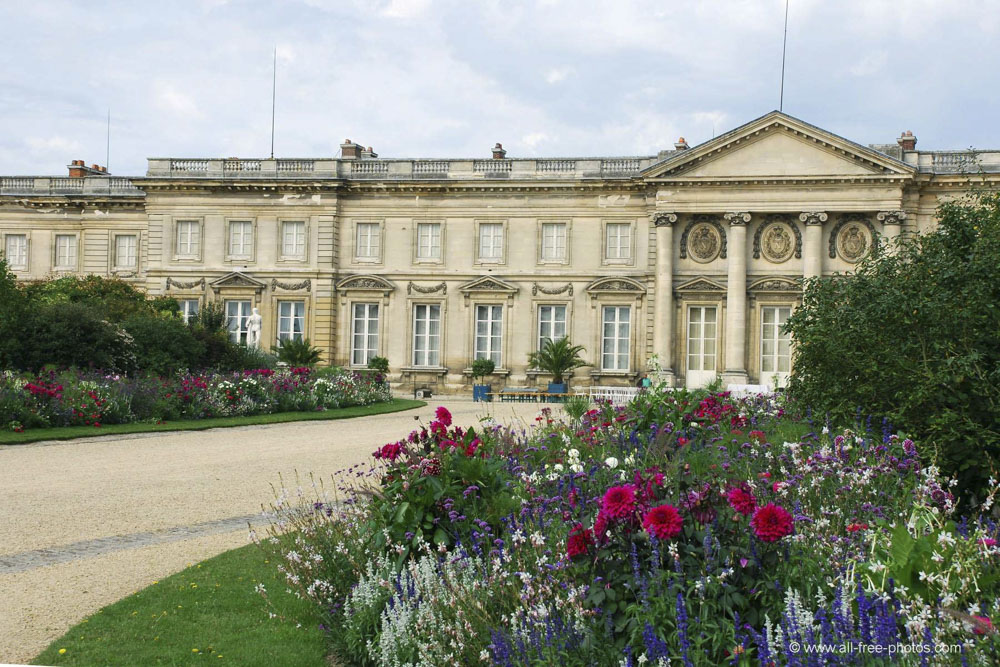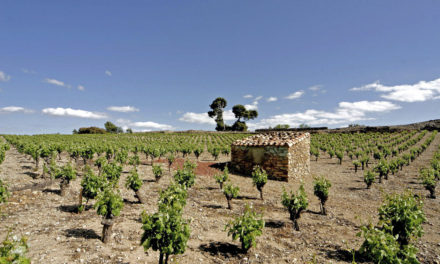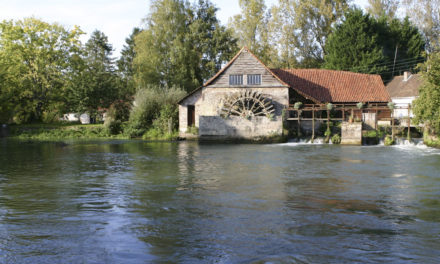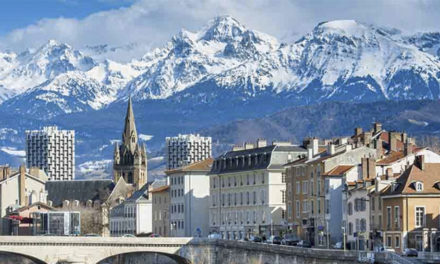Images of the Armistice Clearing, The Forest of Compiegne, The Theatre Imperial and the Napoleon III Palace – Copyright informationfrance.
Compiègne, set on the banks of the Oise, is no mere country market town and the reason for its title of ‘Imperial Town’ is never far from sight. The imposing and elegant Palace was a summer residence of many kings including Louis XV and Louis XVI and the furnished apartments and state rooms remain to this day as a testament to the lifestyle of Kings and Emperors alike. As well as the Musée de Voiture which has some fascinating old cars including one of the first Renaults dating from 1900 to have enclosed body work, the Palace also contains the Musée du Second Empire. You can visit the rooms of Marie Antoinette amongst others and admire the grandeur and opulence of the first and second empires. The charming Théatre Imperial was started on the site of a Carmelite convent next to the Royal Palace by Napoleon III in 1866 but in 1870 construction was halted by the outbreak of the Franco Prussian war. It was not until 1990 that work began to finish this beautiful building which is much praised for its exceptional acoustics.
Book a Hotel in Compiegne
History 1
Compiègne really is an unexpected jewel on the edge of the huge forest where the Court liked to hunt and spend its weekends. Today a mere 40 minute train journey from the Gard du Nord or a short autoroute journey from Paris, the town, besides boasting many elegant buildings, also has a lively market and a variety of shops and restaurants. The impressive stud, the Haras National de Compiègne, with a capacity for 272 horses in separate stalls has, since 1876, occupied the old stables of the palace built originally by Louis XVth in 1738 and there is also the well known and enthusiastically attended Compiègne race course.
Musée de la Figurine Historique
Facing the Hotel de Ville with its striking gothic façade and ornate statuary, is a statue of Joan of Arc, for it was in Compiègne in 1430 that she was taken by the Burgundians and handed over to the English which sealed her fate a year later in Rouen. To the side of the Town Hall is the Musée de la Figurine Historique with a collection of miniature military figures which is claimed to be the largest in the world. Also well worth a visit is the collection of Greek vases in the Museum Antoine Vivinel, 2 rue d’Austerlitz.
Clariere de l'Armistice
It was in the vast forest that Napoleon 1 cut a broad swathe through the trees so that he could see his second bride, the Archduchess Marie-Louise of Austria, approach from his vantage point at one end of the drive. Just outside the town, in a clearing in the forest is the very atmospheric “Clarière de l’Armistice” where, on the 11th November 1918 in a railway carriage on a siding, the Armistice was signed by the Germans signalling the end of hostilities in the First World War. On the 22nd June 1940, the Germans chose the same venue to accept the French surrender and the clearing and its monuments were then ransacked, with the exception of the statue of Marechal Foch. Today the carriage, with its fascinating museum, which stands in the clearing, is not the original, which was destroyed in World War Two, but a carriage from the same series, containing some of the original objects handled by the delegates in 1918. Throughout this huge forest are many signposts, all with red arrows showing the way back to Compiègne. These date from 1853 and were instigated to ensure that the Empress did not get lost.
Copyright text : Sarah Francis

